Lonely Planet’s destination gurus have scoured the globe to find awesome attractions for our New in Travel ebook, which you can download in full for free here. So if you’re bored of beaches or sick of the same old sights, look no further.
What are you waiting for? Get out there and be among the first to discover the planet’s hottest new travel experiences.
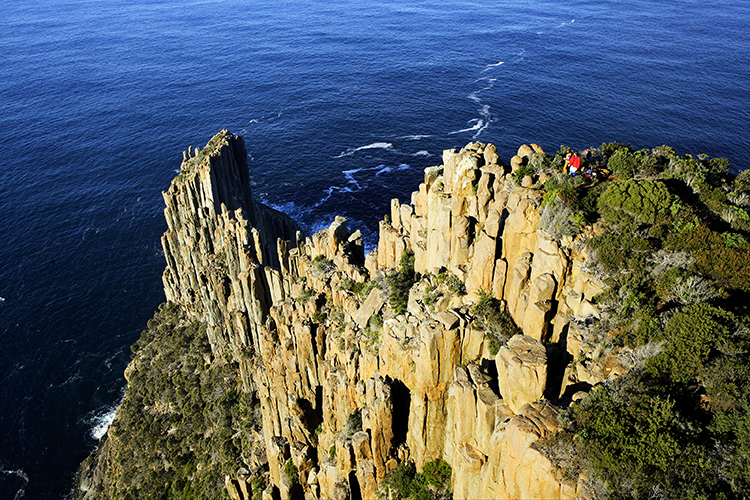
The second stage of this new coastal walk on the Tasman Peninsula is set to open late in 2015. This world-class, multi-day experience, up to 82 km in length when fully complete, will feature hut accommodation and a boat-based element, and will showcase the area's stunning scenery.
You can either walk the route independently or sign up for a fully guided experience provided by a commercial operator. What will set this track apart from the many multi-day hikes in Australia is the standard of public facilities available. The walk will include huts at up to three sites with mattresses and cooking facilities, reducing the amount of things you’ll need to lug in your rucksack. Bye bye camping stove and fuel, tent and sleeping mattress. After trekking past the tallest sea cliffs in Australia and awe-inspiring ocean views, walkers will be snuggling down on a soft bed.
One of the most anticipated openings of 2015 is the launch of the observation deck at the mighty One World Trade Center. When the steel spire was added to the building on 10 May 2013, the skyscraper reached its final defiant height of 1776ft; a measure that pointedly makes reference to the year the United States Declaration of Independence was signed. It is now the tallest building in the western hemisphere (think six Statues of Liberty stacked end to end).
As one official said, the viewing area promises to be the ‘Yankee Stadium’ of observation decks, with an immersive experience that starts in the lobby at ground level. Here visitors will learn about the history of the construction of the building before being whisked 102 storeys up in high-speed glass elevators. Then, at 1250ft, plucky viewers will be able to enjoy three floors of dining, shopping space and, of course, floor-to-ceiling eye-stinging panoramas of Manhattan and beyond.
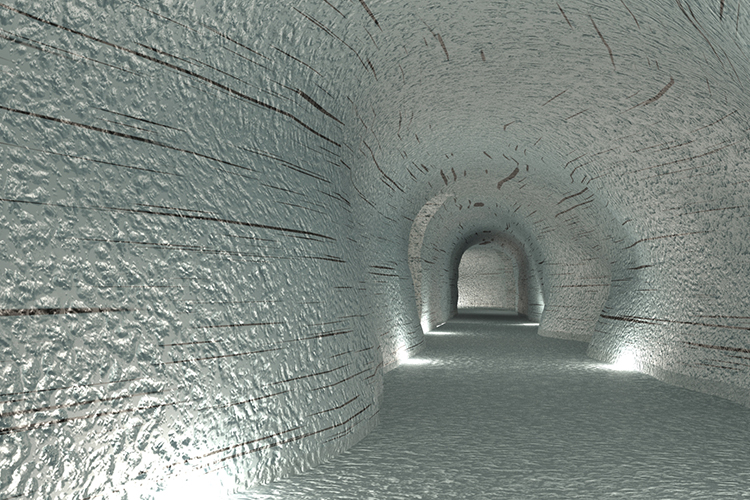
Far above the glacier-carved valleys and volcanic fields of West Iceland, Europe’s second largest ice cap, Langjökull, rises broad and remote. Often wreathed in summertime mist, the ice cap used to be best seen from a distance when the fog cleared, or on a rugged glacier ride or walk. Now, a group of intrepid Icelanders is digging an enormous 500m long tunnel at 1260m above sea level into Langjökull, to give visitors a whole new perspective.
This innovative adventure sight and the first tunnel of its kind in Iceland is slated to open in May 2015. Cave operators will bring visitors up to and over the glacier in enormous 8WD vehicles to reach the mouth of the tunnel. Then you’ll be able to walk with crampons into the blue-ice interior of the glacier. These day trips will depart from Reykjavík or from the vacation resort of nearby Húsafell. What might you find inside? Sparkling ice, sheer-carved walls, and interior chambers containing exhibitions, a cafe and a small chapel – yes, for those who want to tie the knot inside an ice cap.
The notorious Caminito del Rey footpath, known as one of the world’s scariest hiking routes, is opening to the public again after a multi-million euro restoration. Skirting the Garganta del Chorro gorge, the original metre-wide white-knuckle path contoured across the sheer rock-face on a ledge 100m above the ground. Initially built in 1905 and traversed by King Alfonso XIII in 1921 (hence the name ‘Path of the King’), the path had fallen into severe disrepair by the late 1990s, finally closing following the tragic deaths of five walkers.
Fifteen years later, the route is reopening, allowing access again to one of Spain’s most spectacular walking trails. No longer the preserve of professional climbers and adrenaline-seekers, the damaged path has been fixed and reinforced, while a new handrail provides further support. The views however, continue to take your breath away.
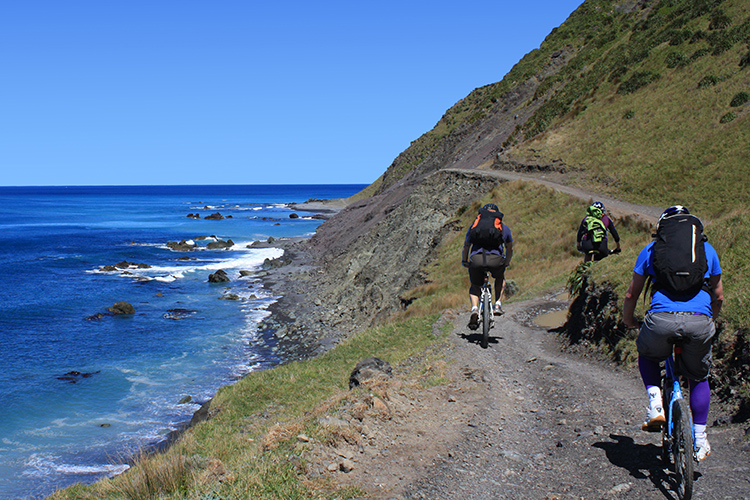
One of New Zealand’s 22 new ‘Great Rides’, the 115km-long Rimutaka Cycle Trail loops through urban and wild terrain between Wellington and neighbouring Wairarapa. The trail is mostly graded easy, with some intermediate sections, and can be ridden in two to three days with accommodation en route. It can also be split into sections of various lengths, through remarkably different landscapes.
The signature day-ride is the Rimutaka Rail Trail, which follows a gentle incline through a forested valley dotted with fascinating old railway relics. After an exhilarating descent to the verdant Wairarapa Plains, riders can be shuttled to the nearby wine-country towns of Martinborough and Greytown.
The trail heads back to Wellington along the Pacific Ocean coastline – a remote, rugged and wildly beautiful landscape long off-limits before the Rimutaka Cycle Trail blazed its way through. The Hutt River Trail is the leg closest to downtown Wellington. Following the riverside for most of its length, the trail traverses an interesting mix of urban and green spaces, eventually connecting with the Rimutaka Rail Trail at Upper Hutt. Wellingtonians are wont to boast about their beautiful surrounds, from mountains to the sea. This new trail shows off some of the best of it.
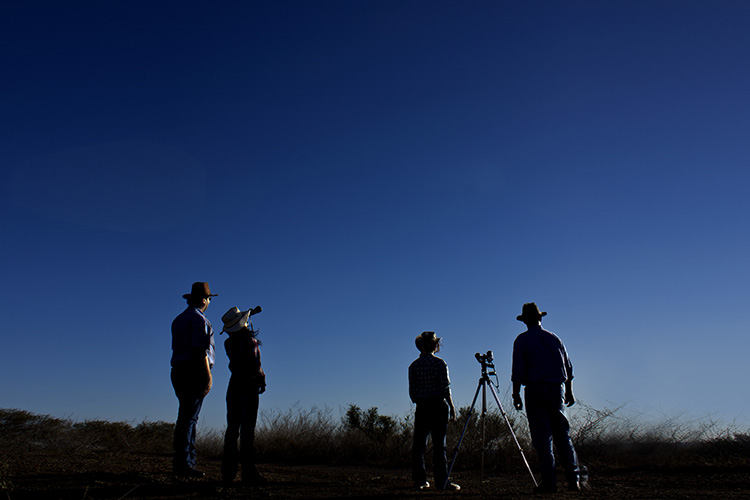
While kids in the city may need picture-story books to see what a sky full of stars could look like, folk in outback Australia enjoy stunning starscapes most nights thanks to a lack of air and light pollution. Newly opened in Broken Hill, Outback Astronomy offers naked-eye and binocular-assisted astronomy tours that will excite adults and kids alike.
As well as learning about the night sky their talks will feed your imagination too, with discussions on space mining, space tourism and the possibilities for moon colonisation. Future plans include building an observatory so the sky shows can continue on the rare day when clouds and rain wash out a naked-eye sky show.
Housed in two of Singapore’s most iconic national monuments – City Hall and the former Supreme Court building – Singapore’s newest arts institution dedicated to Southeast Asian and Singaporean art is the city-state’s most hotly anticipated opening of 2015.
Cutting the red ribbon will be a pivotal moment for Singapore, which has invested millions – especially during the past several years – in positioning itself as a global art city, from the launch of major new calendar events such as Art Stage Singapore, the annual art fair, in 2011, to the redevelopment of former army base Gillman Barracks as a contemporary art centre (now housing 16 international galleries) in 2012. Even Singapore’s hotels have evolved as public arts spaces – The Ritz-Carlton Millenia offers a free iPod tour of its enviable collection, including Dale Chihuly blown glass, Frank Stella installations and several Warhol prints.
Set to be a highlight of Singapore’s 50th birthday celebrations, a 10-day long festival will mark the opening of the gallery, including the showcasing of community artworks in a new sheltered link-way between City Hall and the National Gallery Singapore.
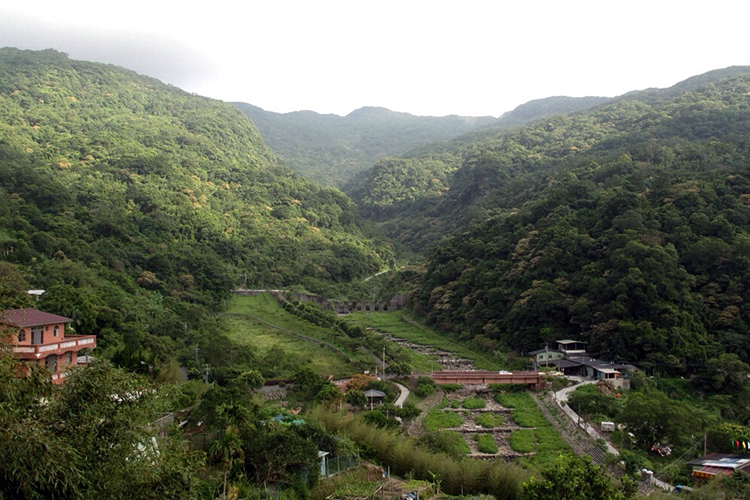
From the eastern edge of Taipei, Taiwan, steep wooded hills roll on for dozens of kilometres. It’s an ideal landscape for a zip-line canopy tour, and a company called Flyway has one scheduled to open here in the spring of 2015.
What’s a zip-line canopy tour? According to Flyway’s Mike Galvez, ‘it’s a high-flying adventure through and above the forest while attached to a rope. Imagine a cross between being Tarzan and a helicopter pilot.’ It’s called a tour because there isn’t just one long rope line to zip along, but a series that can take up to two hours to complete. Flyway’s course will have eight lines running over or through the jungle, and two crossing a scenic river valley. Bonus features will likely include rope swings and ladders, and a ‘free fall’ experience.
Flyway was founded by Galvez, a native Californian, and his Taiwanese wife Chia-Ying Huang when they saw the potential for a fresh high-adrenalin adventure sport on this trend-crazy island. Partners in the venture include Signature Research, builders of the first commercial zip-line tour in the US and now a leading designer of adventure courses around the world.
For decades the Whitney Museum of American Art has battled with one frustratingly simple problem: where could it display its complete collection of over 21,000 all-American artworks? In real-estate-strapped Manhattan, this is one big issue.
Almost since its founding in 1931 the museum has moved from venue to venue, opened sister branches and satellite addresses, attempted failed expansions, and ultimately kept many of its incredible riches, which include works by Edward Hopper, Jasper Johns, Georgia O’Keefe, and Mark Rothko, boxed up and in storage.
Finally, in spring 2015, the Whitney will move into a home deserving of its collection and ambition. And what a home! The Renzo Piano–designed building will be a striking asymmetrical form located on the Hudson River in lovely, artsy Chelsea, and it will provide space enough – approximately 50,000 sq ft of it – to give the first comprehensive view of the permanent collection. It will also house the largest column-free gallery in New York for temporary exhibitions, a theatre and an outdoor public plaza right opposite the southern entrance to the High Line. Take that Guggenheim, MoMa, Metropolitan… it’s time to breathe out now, Whitney.